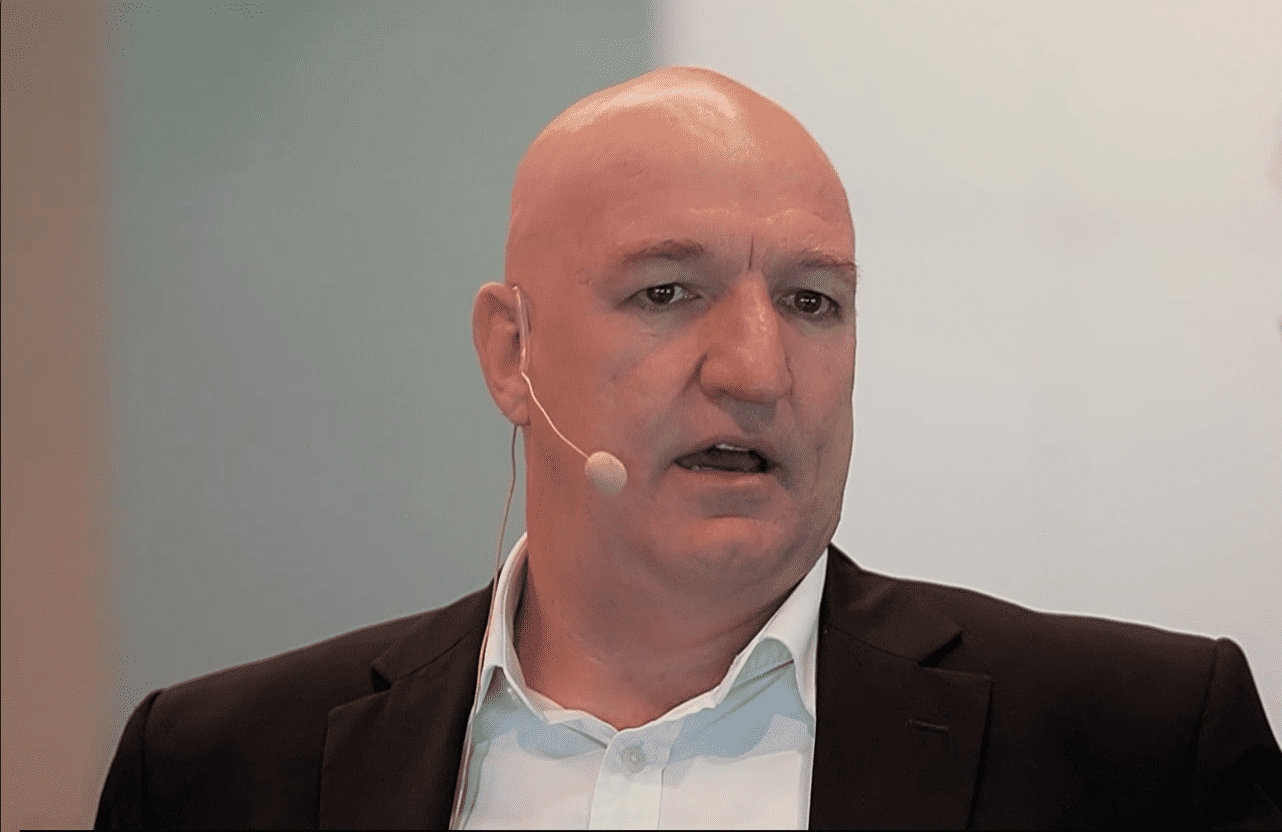Australia's Labor Government could see the nation's renewable energy capabilities triple over the next eight years. That's likely got some investors wondering where that might leave ASX 200 energy shares.
Quinbrook Infrastructure Partners co-founder and managing partner David Scaysbrook recently told media Labor's election has made the firm "the most hopeful that we have been in a decade".
Quinbrook doesn't invest in ASX energy shares. Rather, its portfolio consists of renewable energy projects worldwide.
Scaysbrook believes the Labor Government could fast-track investment in renewables, growing green energy to generate more than 80% of Australia's electricity.
Let's take a look at what that could mean for some major ASX 200 energy shares.
Australian renewables could triple by 2030
Labor's Powering Australia Plan aims to see 82% of the nation's power derived from renewable energy by 2030, helping Australia cut emissions by 43%.
The policy, along with a wave of preference votes from 'teal' independents, helped return Labor to power for the first time in nine years last weekend. It's also a plan that could see Australia becoming a renewable energy superpower, Scaysbrook says.
"We've seen the targets that are being discussed are now anywhere between 80% and 100% by 2030. Just to put that into context, we're sitting around 30% today.
"The compound rate of growth that that implies is extraordinary and I don't believe it's been matched proportionally anywhere else in the world … All the existing renewables in Australia has to be tripled in eight years."
But it's not only the chance to decarbonise Australia's domestic power supply that's exciting the institutional investor.
"There's a genuine intent to create a rapid shift in deployment of more green energy and renewables, and also to start capturing the opportunities that lie at Australia's feet in industrial decarbonisation," he said.
Could these ASX 200 energy shares jump on the green train?
Plenty of ASX 200 energy shares could be impacted by a rapidly changing energy environment.
AGL Energy Limited (ASX: AGL), for example, is Australia's largest emitter and its management recently denied the possibility of speeding up its build-out of wind farms to meet a 2030 deadline.
Additionally, AGL's planned demerger has been criticised for potentially slowing down the company's journey to renewable energy and decarbonisation.
Also worth mentioning, Wilson Asset Management boss Geoff Wilson is critical of the AGL's journey toward renewables. He recently told The Australian the company has invested "virtually nothing" in renewables since financial year 2018.
Thus, AGL might be forced to shift gears over the years following the leadership handover. It's already flagged it may be reassessing closure dates for its coal-fired power stations annually in the years to come.
Origin Energy Ltd (ASX: ORG), on the other hand, has a large renewable portfolio and plans to ditch coal by 2025. It might not be stressed to help meet the government's target.
Of course, ASX 200 energy producers could also feel the heat following the change of government. Fossil fuel producers such as Santos Ltd (ASX: STO), Woodside Energy Group Ltd (ASX: WDS), Whitehaven Coal Ltd (ASX: WHC), and Beach Energy Ltd (ASX: BPT) could find themselves less globally competitive, my colleague Bernd Struben reported earlier this week.
Finally, while not an energy share, ASX 200 iron giant Fortescue Metals Group Limited (ASX: FMG) bears a mention.
Scaysbrook dubbed the miner's Fortescue Future Industries "a champion of hydrogen". That could mean big things for a future Australian renewable energy export industry.









